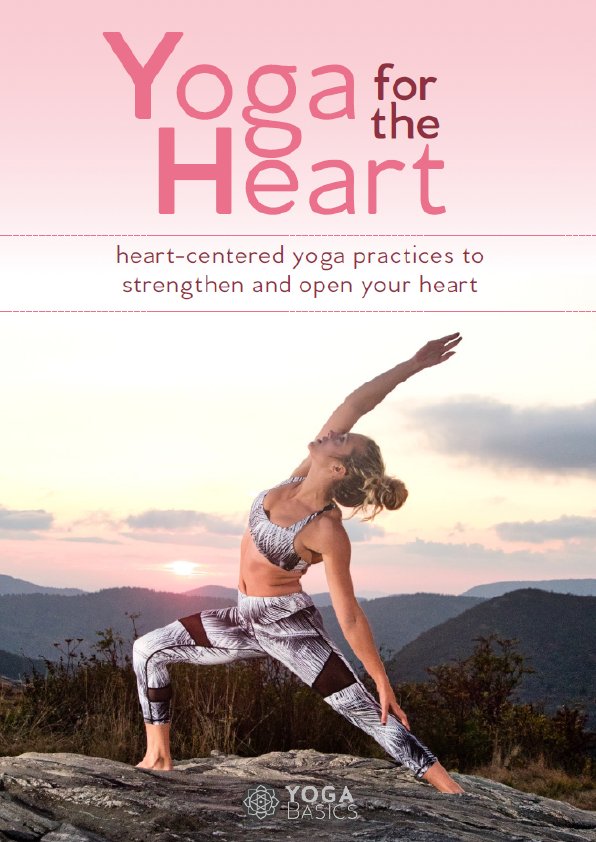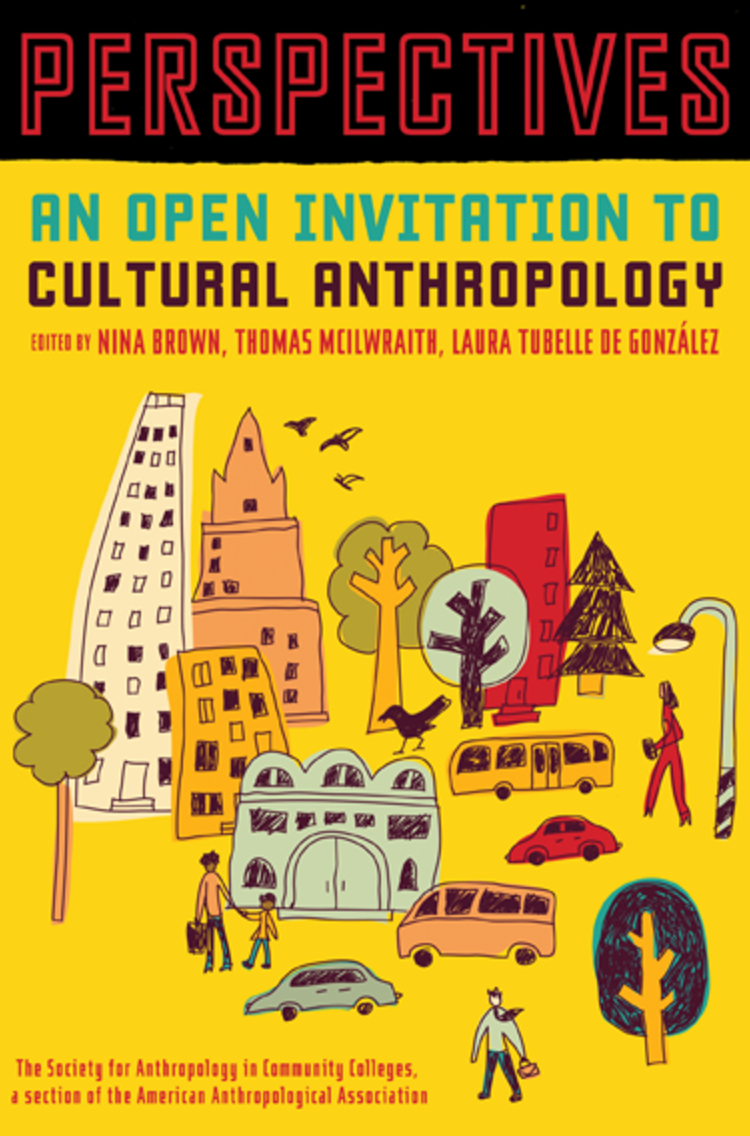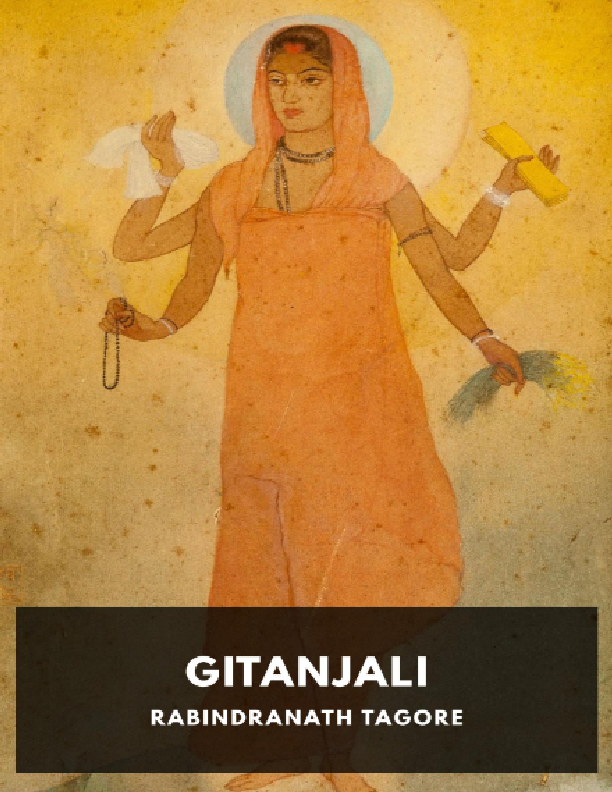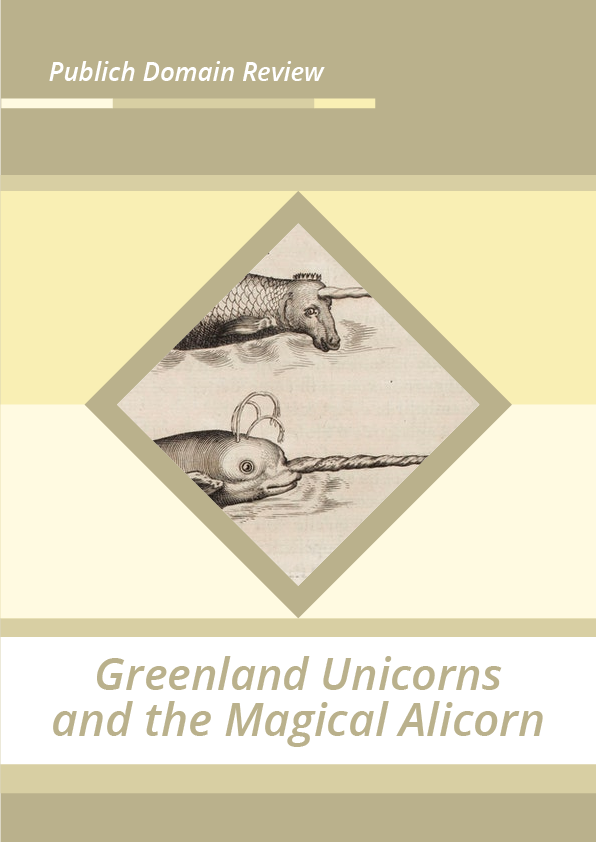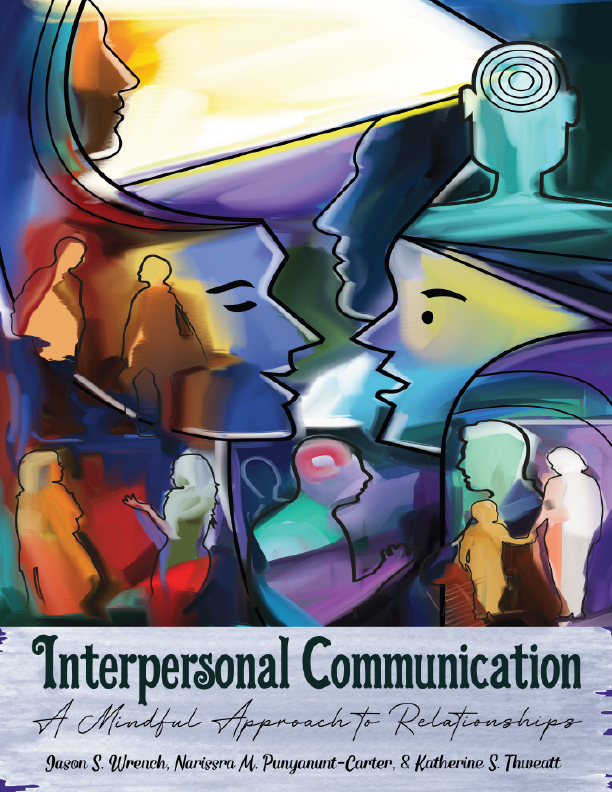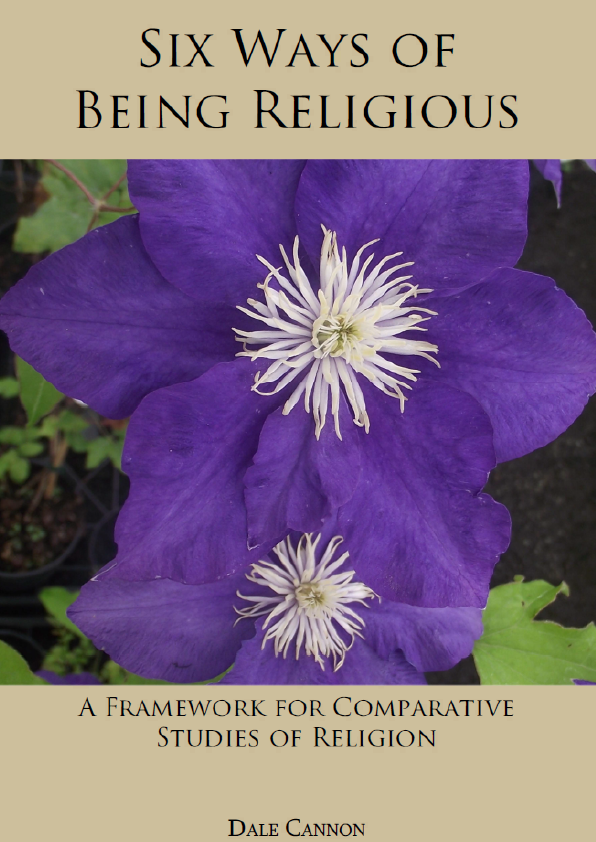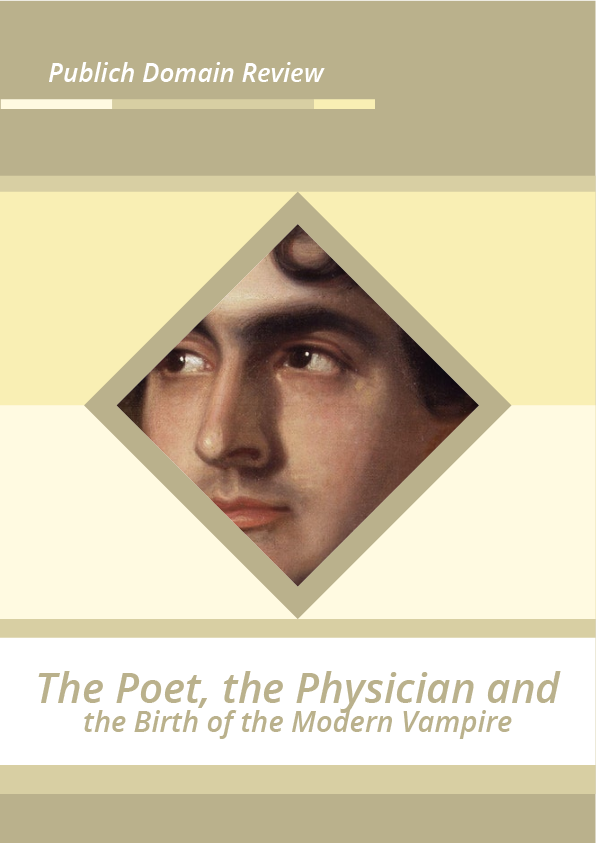A heart-centred yoga practices to strengthen and open your heart.
EXPLORING YOUR HEART THROUGH YOGA
How do you regard the human heart—as a scientist or as a romantic? Yoga teaches us that these perspectives are not mutually exclusive. Yogic traditions view the heart as a key to good health, the source of love and connection, and a wellspring of spiritual potential. “Open your heart center” is a common cue during yoga classes, and being informed about the energetics and physiology of the heart will help you to do just that.
There are many ways to explore and experience the heart through yoga. First, a quick review of the heart’s physical anatomy: As the center of the body’s circulatory system, the human heart’s four chambers create a double pump about the size of a closed fist. The heart recirculates about 1,250 gallons of blood each day through 100,000 miles of blood vessels. The right atrium and ventricle circulate blood to and from the lungs; the left, to the rest of the body. The heart is cradled between the lungs, and during deep yogic breathing, its apex, level with the fifth or sixth rib, is massaged by the diaphragm.
Healing heart disease through biofeedback and yoga has been increasingly accepted in the West since the 1990s, when Dr. Dean Ornish and yoga teacher Nischala Joy Devi co-designed an effective program for patients recovering from heart attacks and other coronary issues. Recently, a study confirmed that yoga is as effective as aerobic exercise when it comes to improving heart health measurements like cholesterol levels, blood pressure and body mass.
Yes, we can heal the heart—but the heart can also heal us. The “heart words” we use to describe our feelings (heartsick, softhearted, broken-hearted, etc.) have scientific basis. The heart secretes behavior-influencing hormones such as oxytocin, nicknamed “the love hormone,” for its positive effects on social bonding and its ability to counter cortisol, a stress hormone. Furthermore, the heart’s electromagnetic field is several times larger than the brain’s, and it can be sensed several feet away.
Ages before scientists evaluated the human heart through cardiograms or angiography, sages used deep yogic practices to tune into the body’s energy centers or chakras. The rishis shared their knowledge in ancient texts and through oral tradition, associating the chakras with colors and symbols to help students visualize the energy body. The heart center, called Anahata (Unstruck Sound), is symbolized by a 12-petaled lotus, and within it is a yantra of two overlapping triangles representing Shiva and Shakti, the divine masculine and feminine energies. The Sanskrit word for heart is hridayam, hrid meaning “center,” and ayam, “this.” At the middle of the seven chakras, Anahata is where individual concerns (survival, food, sex) become selfless—and open into connection and love.
